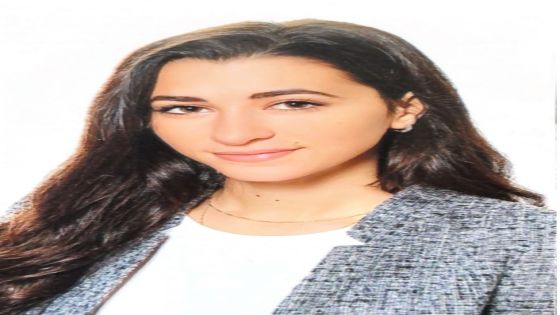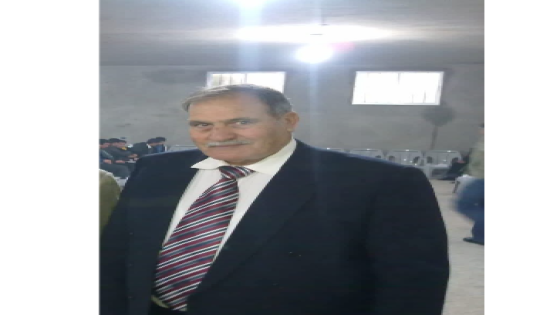By Nancy Naffa
Sustainability and eco-living is the talk of the hour. Many environmental experts around the world are advocating for, and promoting towards it. The concept may seem to be massive, although it rather is; it can be easily achievable in our daily lives.
Summer-time in Jordan is truly hot. On some days the temperature reaches very high levels where it can be somewhat unbearable. One usually enjoys sitting in the shade under the trees and being surrounded by nature. This action is an inborn feeling that helps us cope with extreme temperatures.
Amman’s landscape nowadays is mostly covered with asphalt; whether it be the top of buildings that are found on literally every corner, or even the roads and streets. The asphalt material tends to have a special characteristic that reflects the heat it absorbs from the sun, causing temperatures to increase by at least 2 Celsius degrees than what the normal is of a specific day. That’s why one can feel that over the years of fast urbanization in Amman, temperatures have been drastically increasing summer after summer.
This is where sustainable thinking comes in. The concept of sustainable cities can be achieved by working on plenty of issues that Amman is facing. One of these obvious issues is the so-called “Heat Island Effect “which states that temperatures in populated regions are higher than in rural places. Simple measures can be taken to reverse this phenomenon. One way is the ultimate way, to plant trees wherever it is possible. Planting vegetation, or decorative trees on rooftops specially, “Green Roofs”, is a solution that helps to decrease temperatures in one’s own home in summer where it creates an insulation for the heat. It also helps to clean the air, acts as a storm water management system which reduces stress of run-off water on municipal waste-water drainages, creates a nice aesthetic, increases property price, as well as eventually cooling off the city itself.
Canopy trees are known for their tall height and their ability to shade large areas. Planting these trees in one’s driveway or in front of a house can act as a good cooling system technique. “Green Walls” which are plants that grow vertically on building’s outside walls, are another efficient solution for the Heat Island Effect. During summer-time, these plants in full leaf provide shade, which reduces solar gain and lowers the building’s cooling needs thus lowering the need for energy use. In the winter, these leaves fall off allowing natural sunlight to enter the building. This increases the internal thermal energy, providing natural lighting and eventually reducing the building’s energy use. Some of these “Green Wall” plants may serve as habitats for various wildlife, as well as improving the air quality by releasing more oxygen into the environment. These plants are generally low in cost and do not require frequent watering or maintenance.
These are some examples of integrative design thinking that are easily achievable and pocket friendly. Aiming towards sustainable living will only reflect in a positive on our nation; health wise and economically, thus one should always make it a point to be integrated in the new approach of sustainable living.
*Water and Environment Engineering student

















